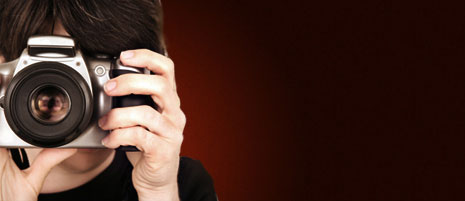The History of Digital Photography
Today's photography relies mostly on the use of digital camera - a device that captures an image through the use of binary data and sensors, and stores the image on a memory card. The digital camera allows for a certain degree of communication between a computer and the camera, such that the image can be displayed on a computer screen, touched up as needed, and printed directly from the computer. Today's digital camera also has many other advanced features that the traditional camera lacks, such as audio recording capability, and video.
As early as the 1960's, NASA used digital signals to make a map of the moons surface. A computer on earth retrieved the digital signals to form the image. Around the same time, the U.S. government began using the same technology to create spy satellites. In 1972, Texas Instruments created an electronic camera that photographed images using no film whatsoever, and in 1981, Sony released their own electronic still-shit camera, the Sony Mavica. Images were captured by a mini disc, then transferred into a video reader that connected to a color printer or television monitor. It was the Sony Mavica that really helped bring about the age of the primitive digital camera.
In 1986, Kodak invented the first mega pixel sensor. The sensor was able to produce a 5x7 print from a digital print. It was because of this development that Kodak was able to become the leading contributor for new digital products from 1987 to 1991. Then, in 1991, the Nikon F-3 digital camera appeared. The Nikon was equipped with a Kodak 1.3 mega pixel, and became the first digital camera made available to the public.
At the same time, marketplace pressures began to affect professional photographers, and they needed a way to produce a large amount of quality images in a relatively short time to continue to satisfy employers and clients. The digital camera met the need the of the professional photographers, and increased photographic productivity. As the camera continued to develop, the image was now being displayed on a LCD screen on the back of each camera, allowing both the professional and amateur photographer to check for inaccuracies for printing the pictures, or committing to memory.

